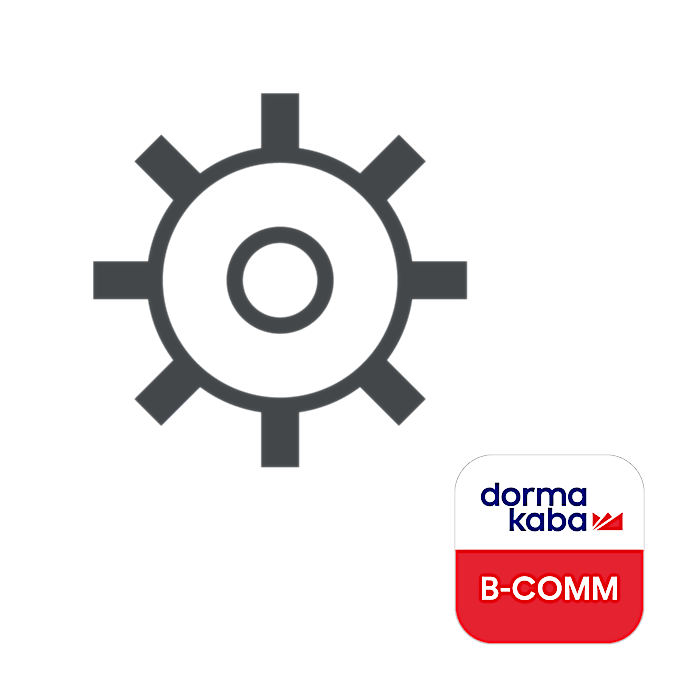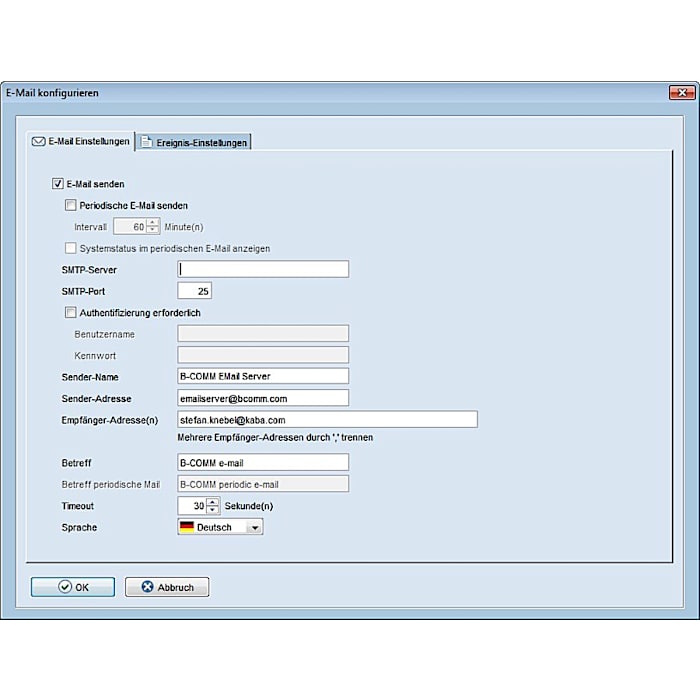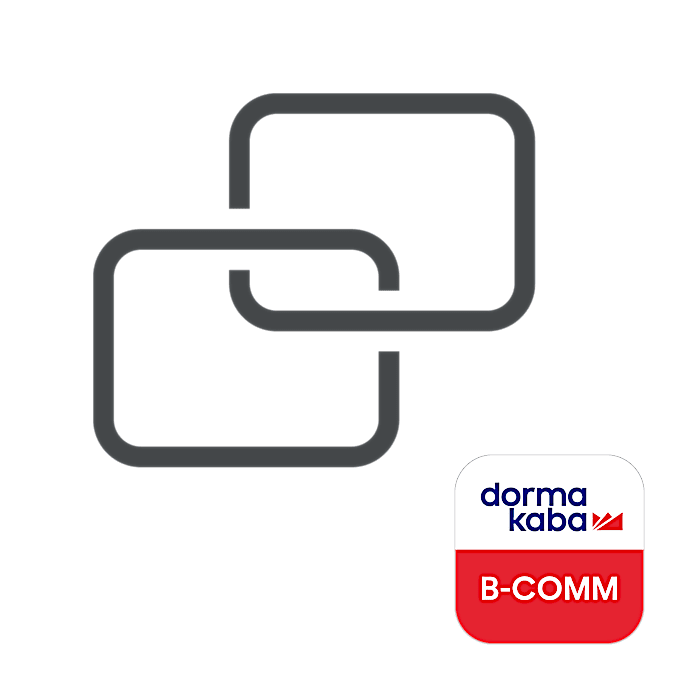Product Details
Depending on the application and application area, B-COMM offers a wide range of optional modules. These can be combined as desired for a tailor-made solution.
User management module
The B-COMM user management is used for creating and managing users of this software and for assigning specific rights. The "Administrator", a user with specific rights for system administration, has a superior function and can define other users with their individual rights or delete created users.
Data communication module
The data communication defines the maximum number of terminals that can be logged on. This modules guarantees and realizes the transfer of recorded data (booking data) from terminals to application. The data communication can be purchased in different scales.
Terminal Status module
Terminal Status is a program that can be installed on any computer in the network. The system administrator can then see the communication states of the different terminals (e.g. "can be accessed/cannot be accessed via the network"), terminal errors or alarms (e.g. "Vandalism: terminal open") or even door alarms (e.g. "door break-in"). The system administrator may select or define the state he/she considers most important.
CardLink module
This module is integrated in the partner application and thus expands your application by a standalone access control. The virtual network "Kaba CardLink" makes it possible to integrate the different wireless door components for access control in the partner solution to obtain an integral system.
Biometric module
This module allows using a biometric solution by means of fingerprints. It is used - in addition to the terminals - to register finger templates, to manage them and to transfer them by means of B-COMM to the connected biometric terminals and subterminals.
AVISO module (user interface for security and property protection)
This programming module simplifies creating and modifying AVISO routines (extension of the firmware functionality of terminals).
Several application interfaces module
This option allows defining more than one online application. The entered data records, e.g. from time & attendance, SFDC or access control, can be distributed and transferred to the different applications depending on the record type / record type modification.
E-mail server module
B-COMM allows establishing a connection to an e-mail server. When any predefined event occurs, e.g. start/stop of a stream, an e-mail is automatically sent to the configured addressees. This allows reacting fast and in a competent way to any occurring faults.
Parameter setting software
The parameter editor allows customizing the numerous functions of the terminal for different requirements. You may edit the initialized parameters or factory settings according to your requirements and save them in the terminal. If an FTP connection (File Transfer Program) is available, it can be used for data transfer.
Components
B-COMM Server
The server provides all objects and methods that can be used by other components via RMI (Remote Method Invocation). It also manages the complete configuration of the entire system. To do so, B-COMM Server communicates with all components and the connected partner application.
B-COMM IO
It is the communication component for data exchange between the terminals and the software application(s). Data are forwarded in both directions according to the requirements. All data records and activities are logged, all bookings are saved in a booking file.
B-COMM GUI
This component allows a graphic display of the management and configuration of the overall system. This includes users, clients, streams, network adapters, terminals and jobs. B-COMM GUI can be installed several times separately on different clients. Access to B-COMM Server is possible from different B-COMM GUIs.
B-COMM Helper
In case an SWP application is not programmed in (and is not RMI-capable), B-COMM Helper is used as interface. The Helper converts the data both from TCP/IP into RMI and vice versa.

Can’t find what you’re looking for?
Contact us

